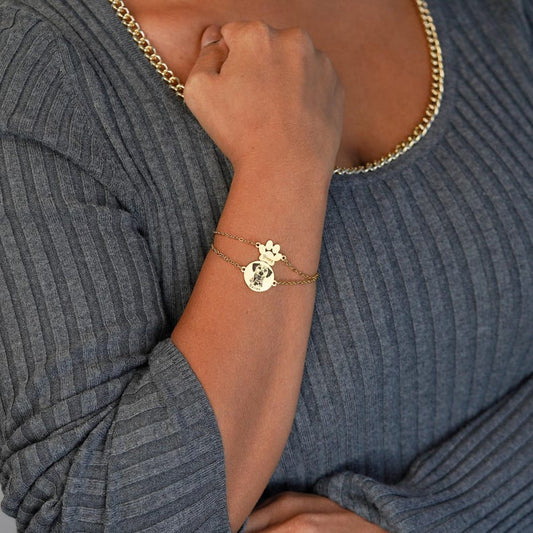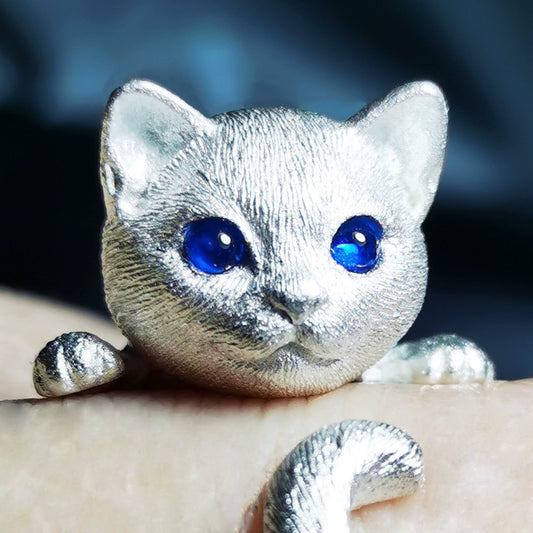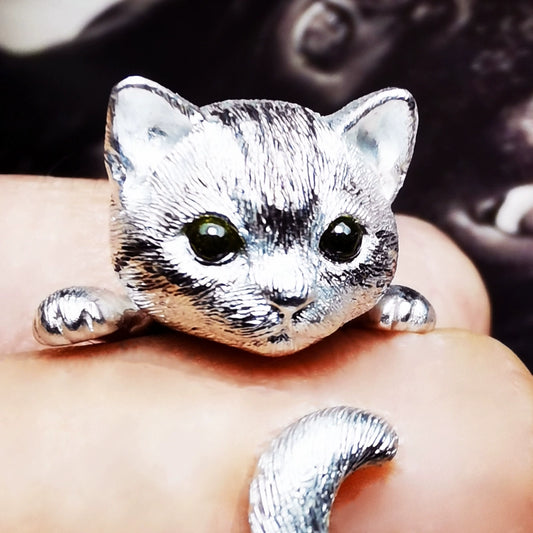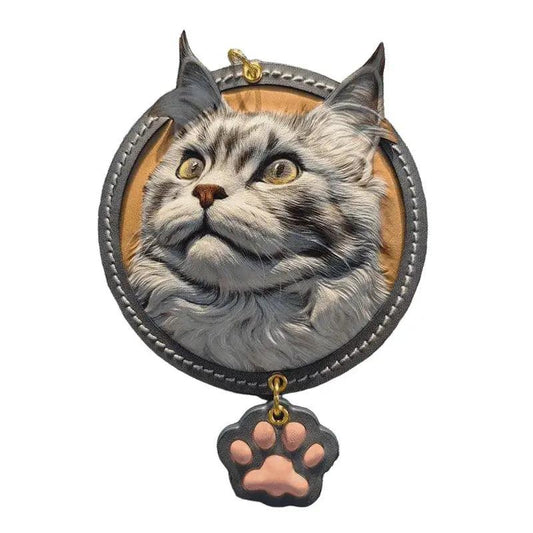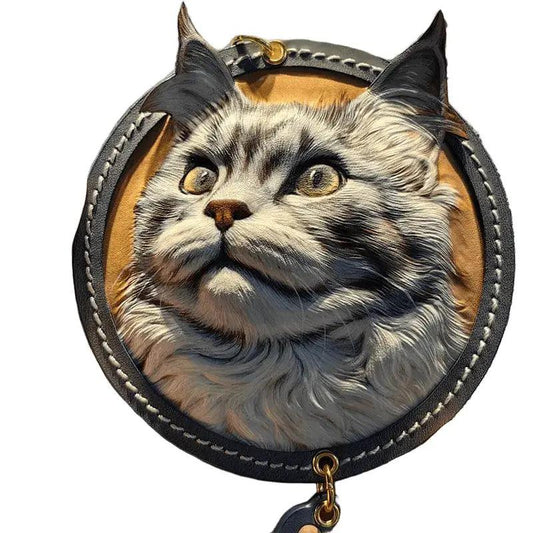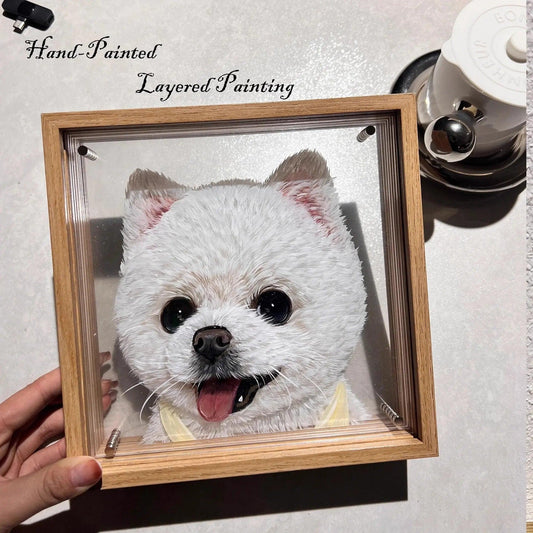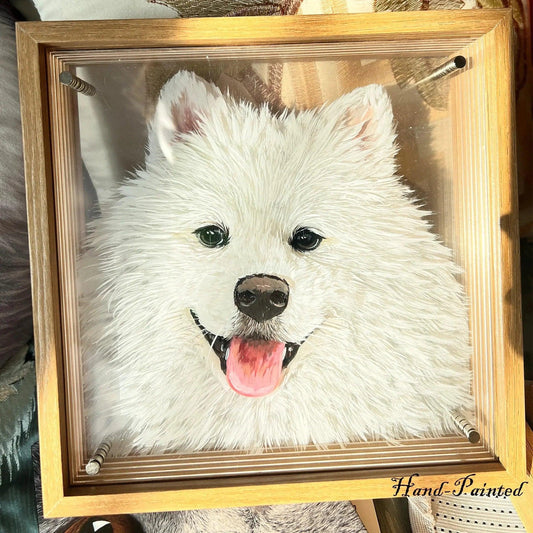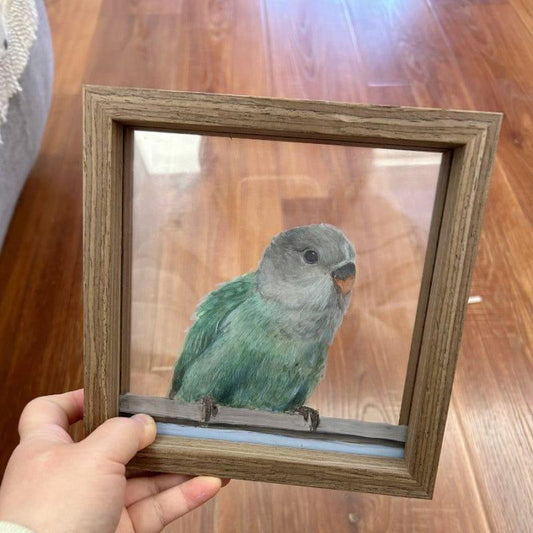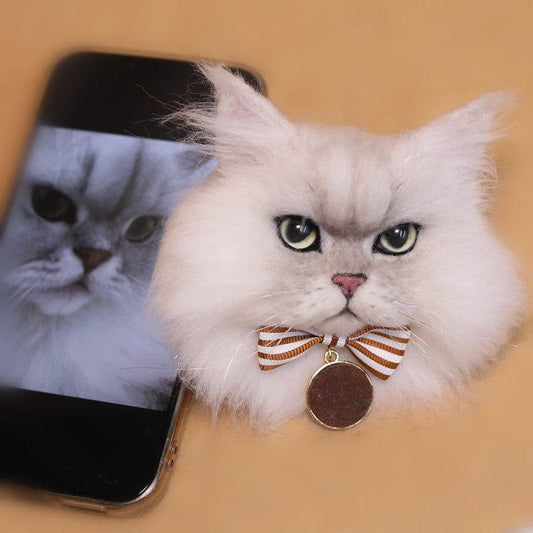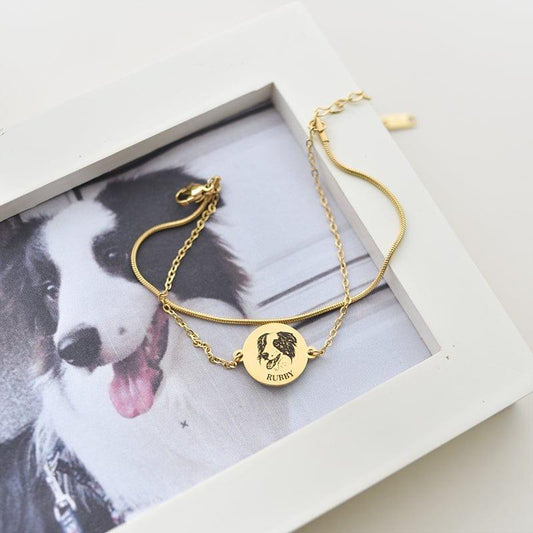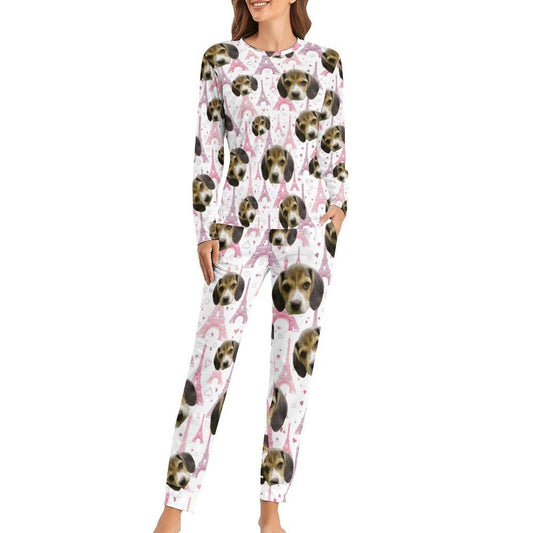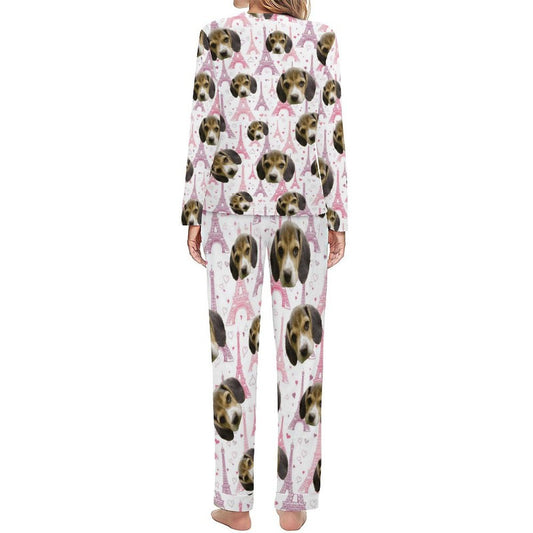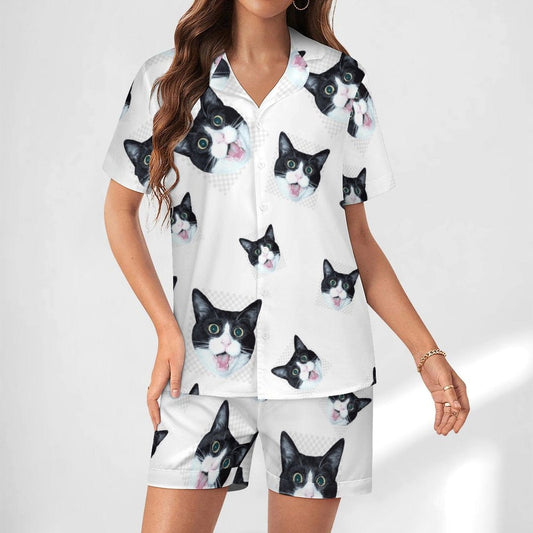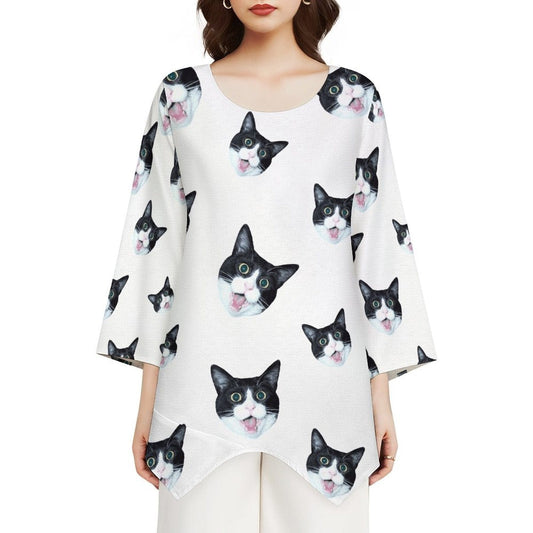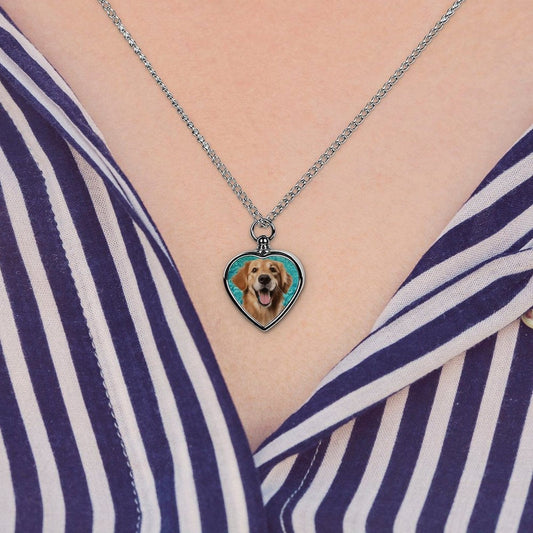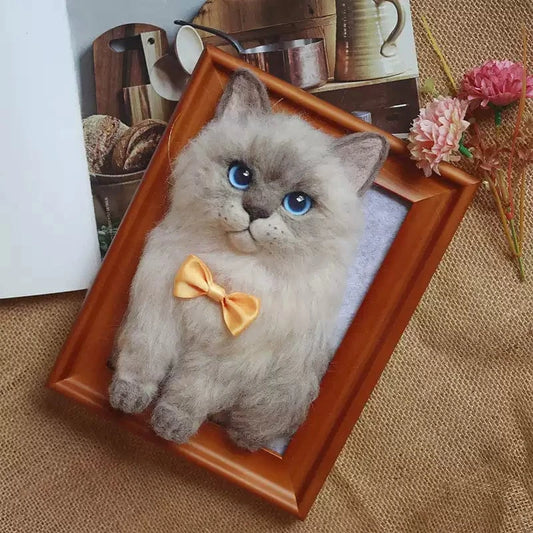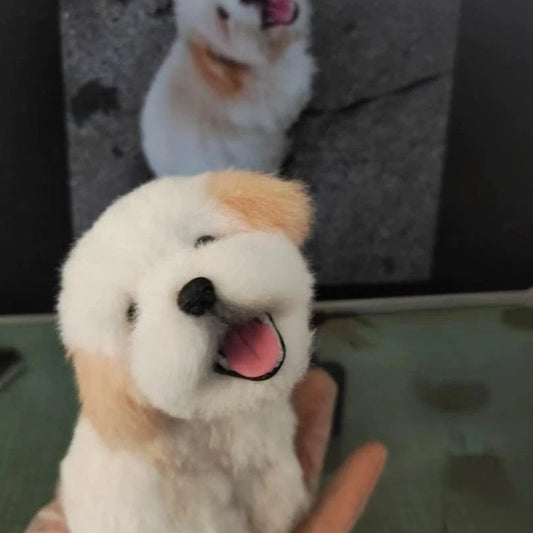
Behavioral Signs of a Cat Approaching End of Life
Solitude & Hiding
Cats instinctively conceal weakness. As illness advances, they may retreat to quiet corners or under beds—behaviors often mistaken for shyness but actually signaling serious decline
Altered Social Interaction
You might see your independent cat suddenly seek extra cuddles, or the opposite—cold withdrawal. Both clinginess and detachment can indicate discomfort or psychological stress in their final days
Disorientation & Restlessness
Wandering aimlessly, pacing hallways, or staring into corners can reflect cognitive shifts common in “end‑of‑life cat symptoms” as their body chemistry changes 
🩺 Physical Indicators to Watch
Appetite & Weight Loss
A marked decline in eating and drinking—especially refusal of favorite treats—is one of the earliest red flags. Significant weight loss and muscle wasting often follow within days to weeks
Grooming & Coat Condition
End‑stage cats frequently stop self‑grooming. Their fur may become dull, oily, or matted as they lack the strength or interest to clean themselves
Incontinence
Loss of bladder or bowel control occurs when muscle tone and neurological function deteriorate, leading to accidents outside the litter box
🌬️ Respiratory & Cardiovascular Clues
Labored Breathing
Shallow, rapid breaths or audible wheezing can signal declining lung or heart function. Cats in congestive heart failure often show respiratory rates above 35 breaths per minute at rest
Cool Extremities & Weak Pulse
As circulation falters, ears, paws, and tail tips may feel cold; a faint or irregular heartbeat is another critical warning sign

💔 Emotional & Cognitive Changes
Increased Vocalization
Some cats vocalize more—low moans or cries may indicate pain or anxiety in their final phase
Cuddle Clones
Lethargy & Sleep Patterns
Excessive sleeping—sometimes over 20 hours a day—is typical. When wakes are brief and unresponsive, it often reflects severe weakness or discomfort
🕊️ How to Comfort a Dying Cat
Create a Safe, Cozy Space
Offer a warm bed in a quiet room, away from household traffic. Soft blankets with your scent can provide emotional reassurance
Maintain Familiar Routines
Consistent feeding and gentle play (if tolerated) help reduce stress and uphold quality‑of‑life metrics used in hospice care
Gentle Handling & Company
Respect your cat’s need for space; stroke or sit beside them only if they welcome touch. Even silent presence can be deeply comforting
Veterinary Palliative Support
Discuss at‑home hospice care or pain management with your veterinarian to alleviate suffering and decide when euthanasia may be the kindest choice
For a lasting tribute to your beloved cat, explore pet memorial keepsakes at woofandcat.com—from handcrafted plush replicas to personalized leather carvings—that capture every whisker and purr in a bespoke art piece, helping you hold onto those precious memories forever.




